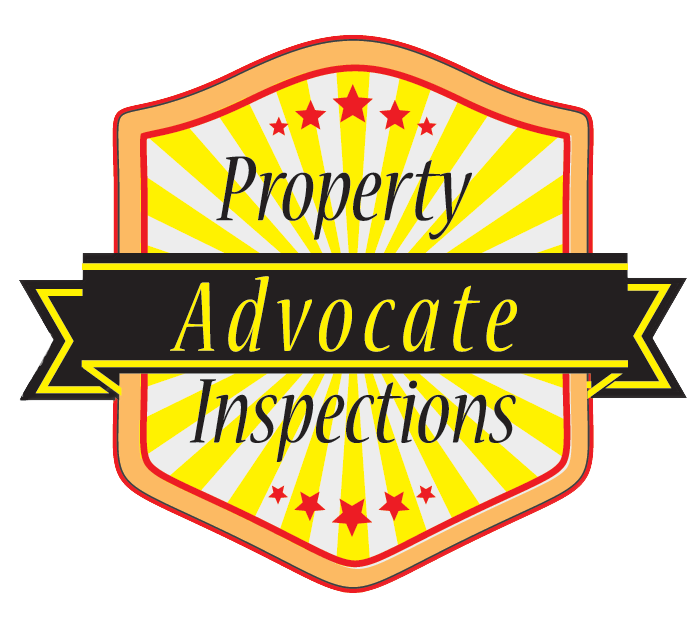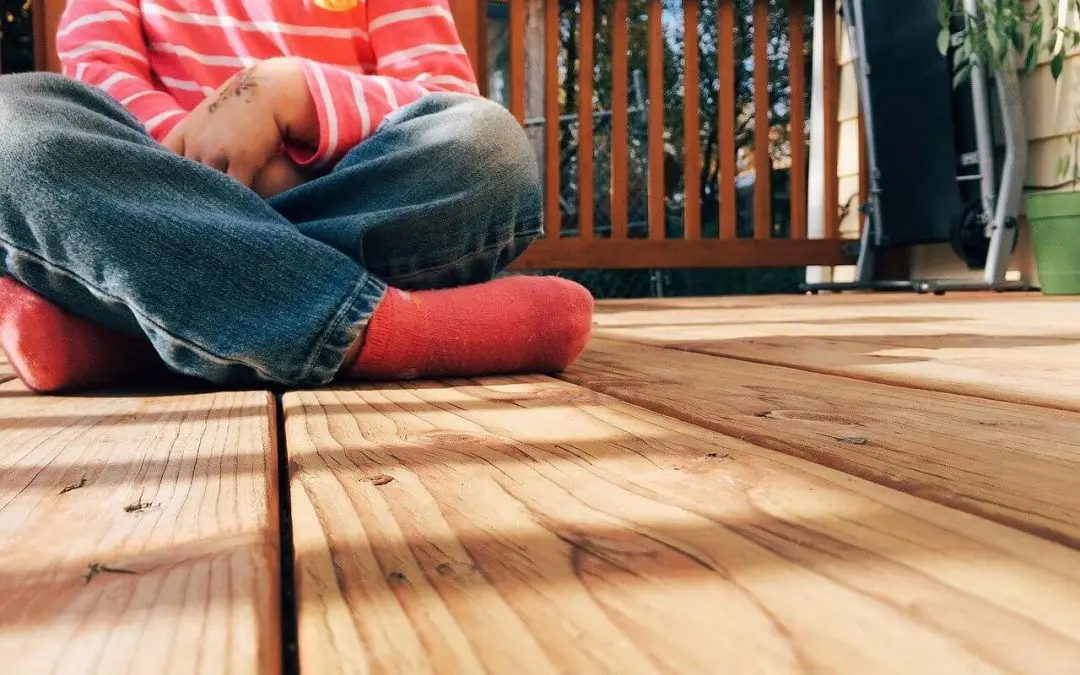A well-built deck is a great place to enjoy the outdoors, but over time, weather and wear can take a toll. With a careful eye and a few smart steps, you can make sure your deck is safe. Whether you’re preparing for summer gatherings or just want to protect your investment, here are some practical and important deck safety tips every homeowner should keep in mind.
Inspect the Structure Thoroughly for Deck Safety Issues
Begin by walking the entire deck and inspecting its overall condition. Pay attention to any boards that appear cracked, warped, or rotting. If the wood feels soft or shows signs of decay, it may need to be replaced. Check underneath the deck as well. The support structure is just as important as the surface. Look for signs of insect damage, water stains, or sagging sections, which could point to structural concerns.
Secure Railings and Handrails
Railings are one of the most critical safety features on any elevated deck. They should be sturdy and properly fastened to the framing. Push and pull on the railings to check for movement. If they feel loose or unstable, the fasteners may have failed or the wood may be deteriorating. In either case, repairs should be made before the deck is used. Also, ensure that the railing height and spacing between balusters meet current building codes.
Examine Fasteners and Hardware
Over time, screws, nails, and metal connectors can rust, loosen, or pull out of the wood. Inspect all fasteners to ensure they’re still doing their job. Replace any corroded or damaged hardware with galvanized or stainless steel materials that are designed for exterior use. Keep an eye out for nails backing out or boards lifting—these are common signs that attention is needed.
Evaluate the Ledger Board
The ledger board anchors the deck to the house, and it’s a common failure point when a deck collapses. It should be firmly attached with lag screws or bolts—not just nails—and there should be no visible gaps between the board and the house. Check for proper flashing to prevent water from seeping behind the board, which can cause rot and compromise structural integrity.
Perform Regular Cleaning and Sealing
Dirt, leaves, and moisture can accelerate wood breaking down. Keeping your deck clean helps prevent mold and mildew while sealing it every couple of years protects it from moisture damage. Choose a sealant that’s appropriate for your deck’s material, and follow the manufacturer’s instructions for best results. Regular maintenance keeps the deck looking good and helps identify small issues before they become big problems.
Know When to Bring in a Professional to Help with Deck Safety
If you notice signs of damage but aren’t sure how serious they are, or if the deck just feels unstable, it’s a good idea to consult an inspector or contractor. A professional assessment can identify hidden problems and help ensure your deck is safe for use.
Routine inspections and maintenance can help keep your deck safe, functional, and enjoyable for years to come.
Advocate Property Inspections offers professional home inspection services to Maryland homeowners and homebuyers. Contact us to request an inspection today.

